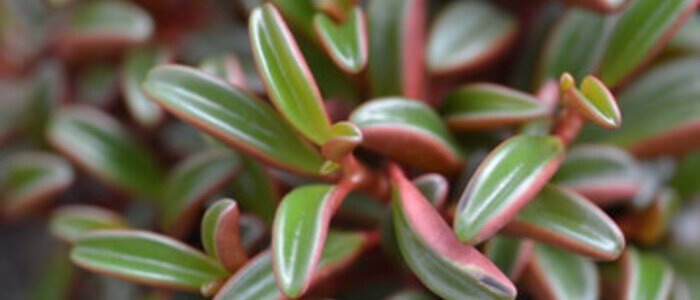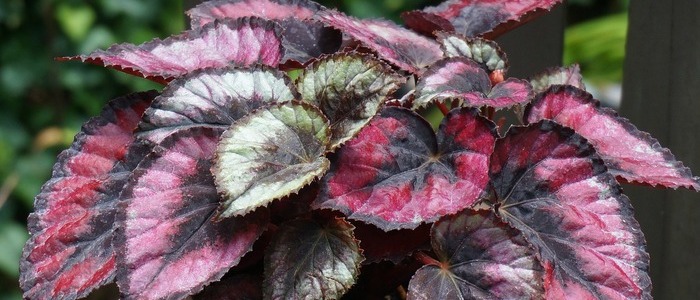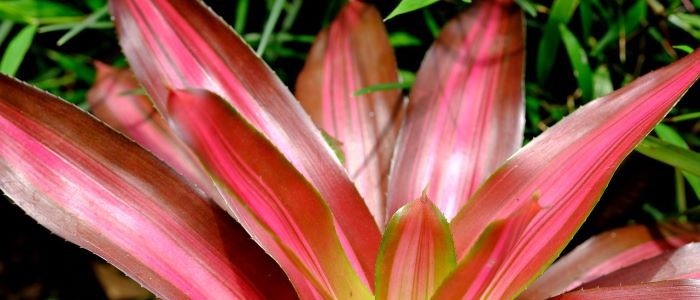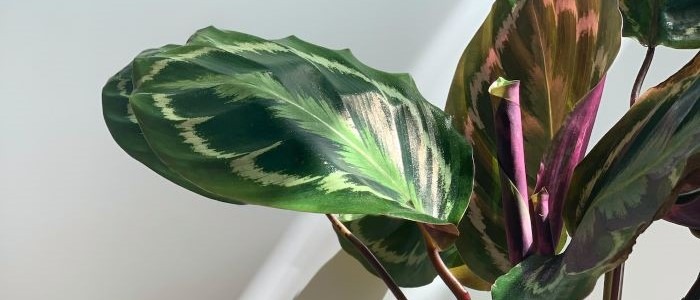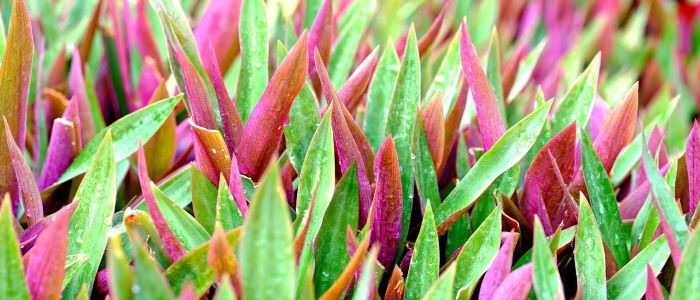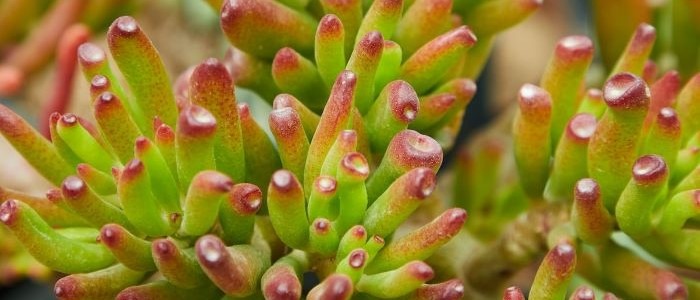Are you considering including the Persian shield plant in your backyard landscaping? You’re in luck because the Persian shield plant is a low-maintenance multi-colored plant that can bring a pop of color to any space. This plant is indigenous to Myanmar and is distinguished by its vivid purple leaves with a metallic shine. The Persian shield plant is an excellent choice for larger settings because it can get up to 4 feet tall and 3 feet broad.
The best thing is that it requires little upkeep, which makes it ideal for novices or people who may not have a green thumb. In this article, you will learn everything you need to know about the Persian shield plant from how to take care of these plants, to how to grow and prune them easily.

Persian Shield Plant Frequently Asked Questions
Does the Persian Shield like full sun or shade?
The Persian shield prefers partial shade to full sun, as too much direct sunlight can scorch its delicate leaves. Ideally, it should receive bright, indirect light for several hours a day. If you're growing it indoors, place it near a window that receives filtered sunlight or use a sheer curtain to diffuse the light. Outdoors, it can be grown in a spot that receives morning sun and afternoon shade, or under a tree canopy.
How do you propagate the Persian shield plant?
The Persian shield can be propagated through stem cuttings. To do this, take a cutting from the tip of a stem that is at least 6 inches long and has several leaves. Remove the lower leaves and dip the cut end in rooting hormone powder. Plant the cutting in moist potting soil and keep it in a warm, humid location with bright, indirect light. In a few weeks, roots should start to grow and new leaves will appear, indicating that the cutting has taken root.
Persian Shield Plant Care Tips
Taking care of your Persian shield plant involves providing it with bright, indirect light, consistent moisture, and occasional fertilization. keep an eye out for pests and prune the plant as needed to encourage healthy growth. Here are the top five things to think about when taking care of the Persian shield plant:
This tropical plant thrives in bright, indirect light and prefers temperatures between 60-75°F. It also enjoys high humidity, so consider using a humidifier or placing a tray of water near the plant to keep the air moist. As for pests, watch out for spider mites, mealybugs, and scale insects, and treat them promptly with insecticidal soap or neem oil.
Fertilizer should be applied every 2-3 months during the growing season, using a balanced fertilizer with equal amounts of nitrogen, phosphorus, and potassium. Finally, prune the plant as needed to remove dead or damaged leaves and encourage new growth.
By following these guidelines, you can keep your Persian Shield plant healthy and thriving for years to come. With a little bit of care and attention, your Persian Shield plant will reward you with its beautiful, vibrant foliage.
Persian Shield Plant Propagation
Propagation of the Persian shield plant is relatively easy, making it a popular choice for indoor and outdoor gardening. To propagate the plant, one can use stem cuttings or division of the root ball.
Stem cuttings should be taken from healthy, mature plants and should be around 4-6 inches in length. The cuttings should be dipped in rooting hormone and planted in well-draining soil. It is important to keep the soil moist and avoid direct sunlight until the cuttings have established roots.
Division of the root ball is another method of propagating the Persian shield plant. This method is best done in the spring when the plant is actively growing. To divide the plant, gently remove it from its pot and separate the root ball into smaller sections, making sure each section has healthy roots and stems. Each section can then be planted in its own pot with fresh, well-draining soil. It is important to water the newly divided plants regularly and to avoid fertilizing them until they have become established in their new pots.
Another way to propagate Persian shields is through layering. This method involves bending a low-growing stem down to the soil and covering it with soil, leaving the tip of the stem exposed. Over time, roots will form at the point where the stem meets the soil, and a new plant can be separated from the parent plant once it has established its own roots.
This method is best done in the spring or early summer when the plant is actively growing, and it can take several months to produce a new plant.
.
Persian Shield Plant Pruning Tips
Pruning the Persian Shield plant requires careful attention to detail. It is important to prune the plant regularly to promote healthy growth and maintain its shape. When pruning, be sure to use sharp and clean tools to avoid damaging the plant. Focus on removing any dead or damaged leaves or stems, as well as any branches that are crossing or rubbing against each other.
Additionally, consider removing any branches that are growing too close to the ground or in unwanted directions. With proper pruning, your Persian shield plant will thrive and continue to add beauty to your home or garden.
Common Problems and Pests Found When Growing Persian Shield
One common problem with growing the Persian Shield plant is overwatering. This can lead to root rot and ultimately kill the plant. Another issue is inadequate sunlight. The Persian Shield requires bright, indirect light to thrive, placing it in a location with too little light can cause the leaves to fade and lose their vibrant color.
Additionally, pests such as spider mites and whiteflies can infest the plant and cause damage. Regularly inspecting the plant and treating any pest infestations promptly can help prevent further damage.
Conclusion
In conclusion, taking adequate care of the Persian Shield plant involves providing it with bright, indirect light, regular watering, and occasional fertilization. It also benefits from being kept in a humid environment and being pruned to maintain its shape.
With proper care, a Persian Shield plant can thrive and add vibrant color to any indoor or outdoor garden..
Other Multi-color Houseplants


